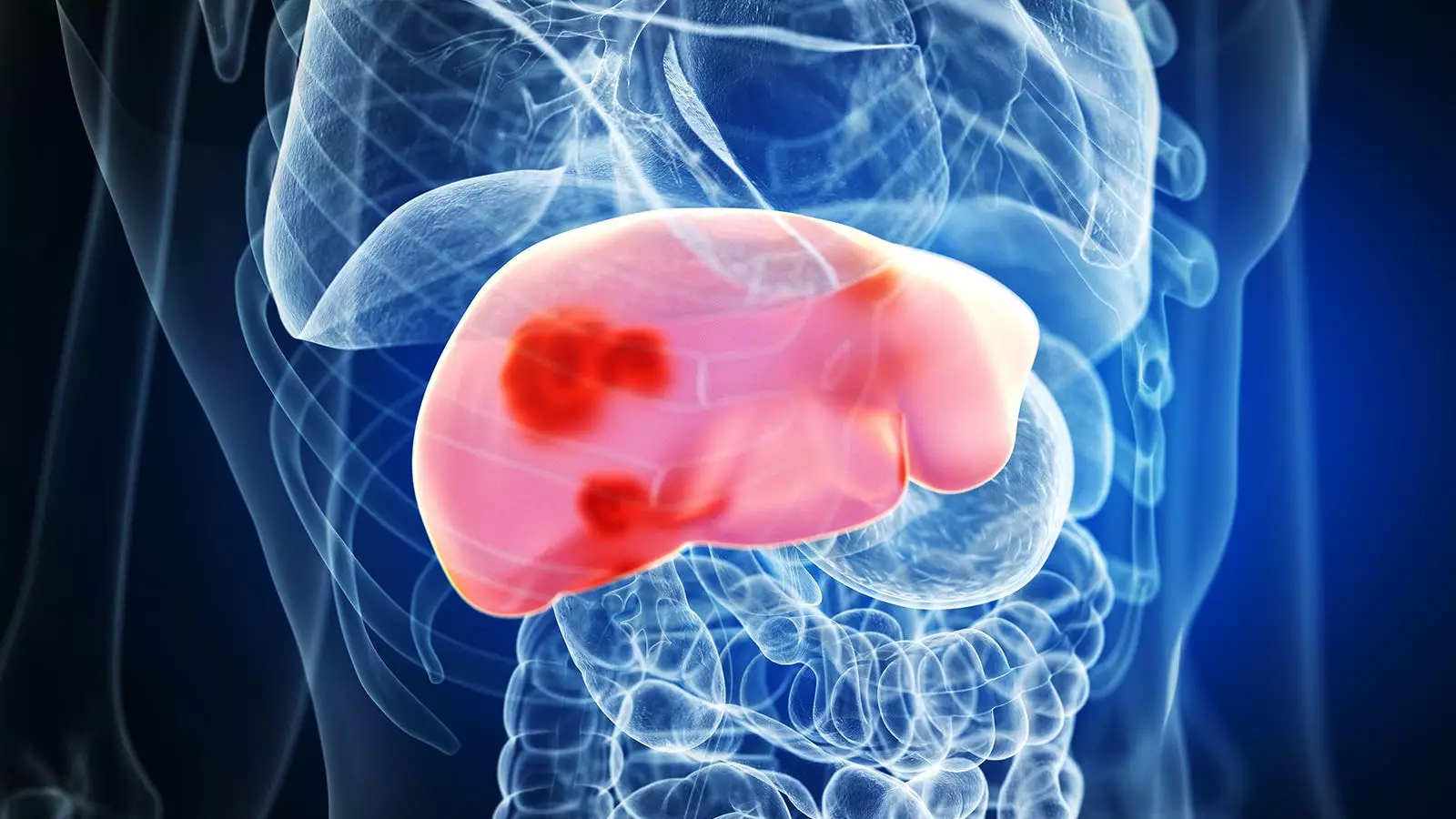Recent medical advancements have unveiled a pressing necessity for targeted strategies in managing patients with advanced chronic liver disease (ACLD), particularly concerning the development of hepatocellular carcinoma (HCC). As the prevalence of liver diseases continues to rise globally, the focus has shifted towards improving early detection measures, thus enhancing patient outcomes. Central to this discussion is the risk stratification algorithm identified in a comprehensive multicenter study involving over 2,300 patients, which introduces a six-parameter scoring system known as PLEASE.
The PLEASE Algorithm: A Step Forward in HCC Surveillance
Conducted by a team led by Dr. Jonel Trebicka from Münster University, the study delineates a robust framework for identifying patients at heightened risk for HCC. The PLEASE algorithm integrates crucial clinical parameters, including platelet count, liver stiffness measurement (LSM), age, gender, and the presence of chronic liver diseases such as viral hepatitis and steatosis. The findings reveal striking disparities between the high-risk patients, who exhibited a cumulative HCC development rate of 15.6% within two years, and their low-risk counterparts, who had a dramatically lower incidence of just 1.7%.
It’s worth noting that patients presenting four or more risk parameters were classified as high risk, demonstrating the utility of this straightforward algorithm in clinical settings. The practicality of implementing such an algorithm in routine screenings could facilitate more frequent monitoring for those identified as high risk, potentially leading to earlier interventions and improved survival rates.
Importance of Screening Programs in Oncology
The implications of this risk-based surveillance approach extend beyond just liver health. Dr. Stephen L. Chan and his colleagues highlight the precedent set by established cancer screening protocols, which have successfully adopted similar risk stratification methods. By examining existing strategies in cancer surveillance, they argue that this innovative classification can serve as a pioneering model for other cancers, aiming to enhance outcomes and optimize resource allocation.
However, while the PLEASE algorithm offers a promising blueprint, its effectiveness hinges on adherence to surveillance schedules. Previous research points to concerning trends in patient compliance, where only a fraction of individuals engaged in regular screening for HCC. This reality underscores the necessity for holistic approaches that incorporate strategies beyond mere algorithmic classification.
Addressing the significant gap between risk stratification and adherence to recommended screening practices poses a crucial challenge. Barriers exist at multiple levels, encompassing patient education, awareness of HCC risks, and logistical aspects of organizing regular screenings. An alarming statistic from a multicohort study in the United States highlights that a mere 14% of individuals received necessary semi-annual screenings, with the majority forgoing surveillance entirely.
In light of these challenges, future initiatives must focus on bolstering patient involvement and awareness of the importance of surveillance. Integrating education into the design of risk-based programs can empower patients, fostering a proactive approach to their health management.
The groundwork laid by the PLEASE algorithm accentuates the need for ongoing research in predicting disease progression and prevalence. As noted by Trebicka and his team, the next logical step involves prospective validation of their findings, potentially paving the way for implementation in everyday clinical practice.
Their study, which encompasses a diverse cohort hailing from 17 different centers across Germany and China, offers broad applicability of their findings. However, as the landscape of liver disease continues to evolve, continuous reevaluation of risk parameters and the incorporation of emerging clinical data will be critical in optimizing HCC management.
The development of the PLEASE algorithm signals a transformative moment in hepatology, where risk stratification can directly influence patient care. As we move forward, the synergy of predictive modeling, adherence strategies, and continued research will be essential to unlocking the full potential of these tools in combatting hepatocellular carcinoma and improving overall liver health outcomes.

Leave a Reply